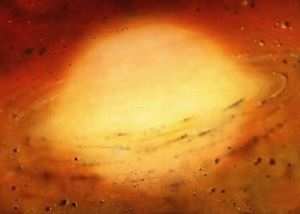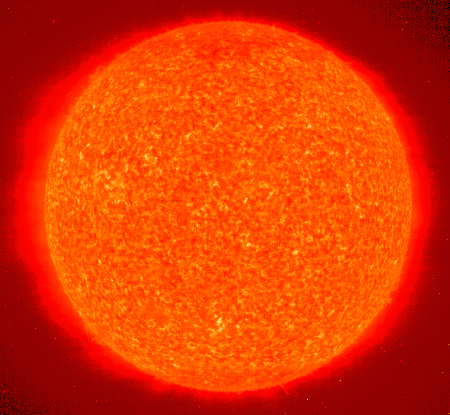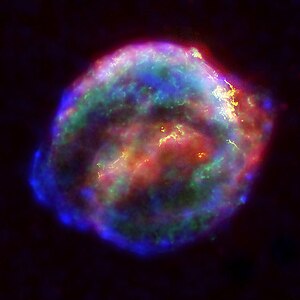In stars unlike humans they do not inherit things. The life cycle of a star is determined by its mass. If a star is small in comparison it will go like this: Protostar, Main Sequence, Red Giant, then White Dwarf. If the star is a giant then it will go like this: Protostar, Main Sequence, red giant, Supernova, then Planetary Nebula. If a star is super giant it will go like the giant star but will be a black hole at death.
First up are baby stars. Stars are formed by being inside a star-forming nebula. These places are dark, cold and dense. The dust and matter in the nebula will come together and create an object. Matter comes together to form an object because of gravity. When the matter gets dense enough it forms a Protostar. Protostars are objects that are big and hot enough to have nuclear fusion and they are the birth of a star before they ignite. The whole surface will soon release gas and fire because of the heat and the star becomes an adult.
The next part of a stars life is determined by their mass. If a star has a small mass in comparison to others it will be a white dwarf and will die quietly. White dwarfs are usually small and very dense. They are what remains of an old star's core. If a star is a giant or super giant star than it will become a supernova and will blow up after being a red giant. It blows up because of its mass.
There is one more stage after that for giant and super giants. The giant stars will become a neutron star because of how dense it is. Neutron stars give off an electric current. A Super giant star will become a .... Black Hole! The mass of the star is so great that it collapses on itself. The black hole is the biggest, then the neutron star and then it goes to the white dwarf.
Our sun will not go in to supernova mode and become a black hole and destroy Earth. The red giant stage would destroy Earth; but don't worry that is so long away from now. Our sun will become a white dwarf after becoming a red giant. The sun will do this because its mass is not big enough to explode like the super giant and giant stars.
When a star dies its matter has to go somewhere. Small stars will spread matter when in the red giant stage. When they become smaller they leave behind some matter to create an outline of where they were. Giant and Super Giant stars will spread matter when they blow up. They will make the matter fly everywhere in space.









Nice work dude. Read some similar article at imparallel.blogspot.com
ReplyDelete